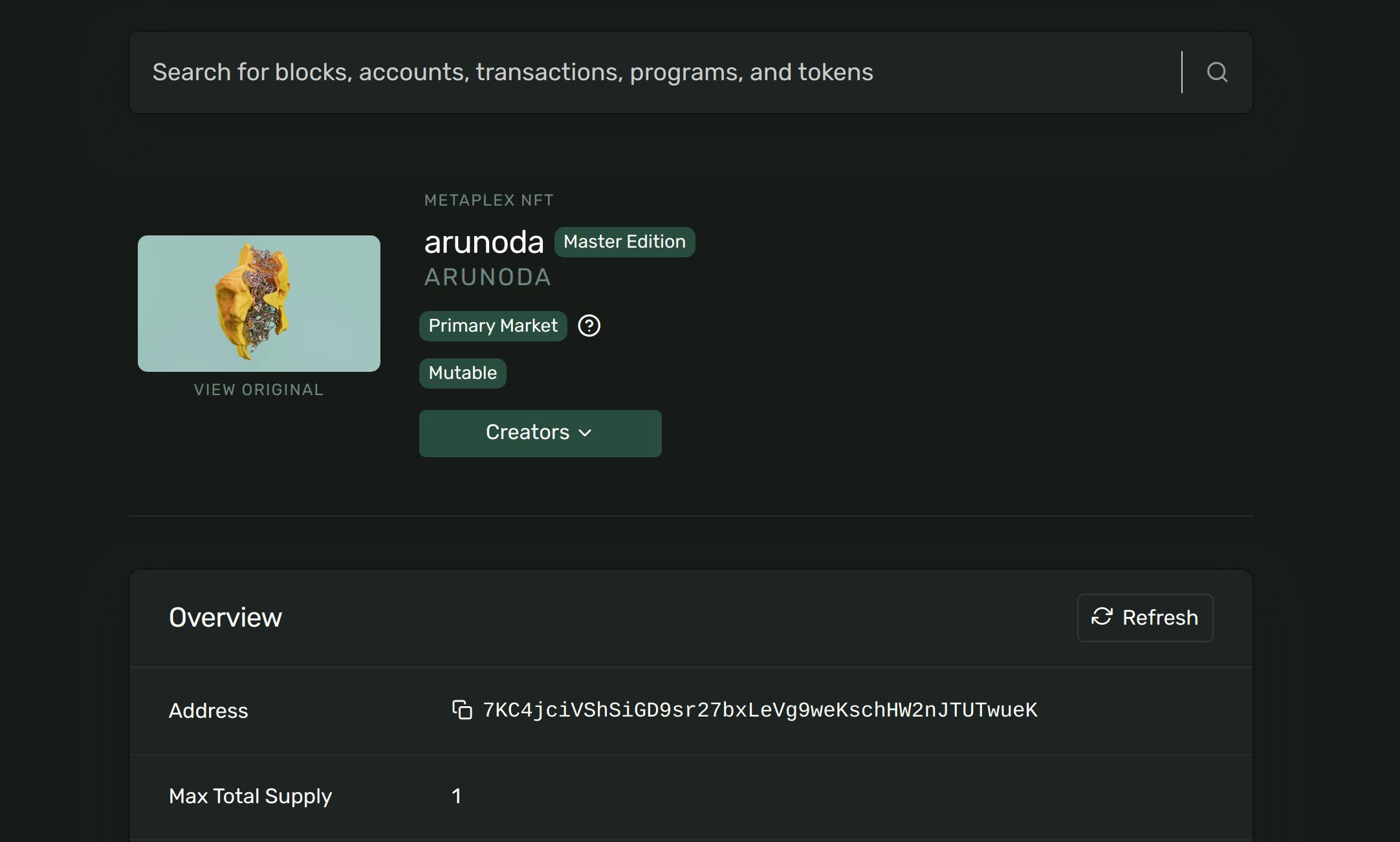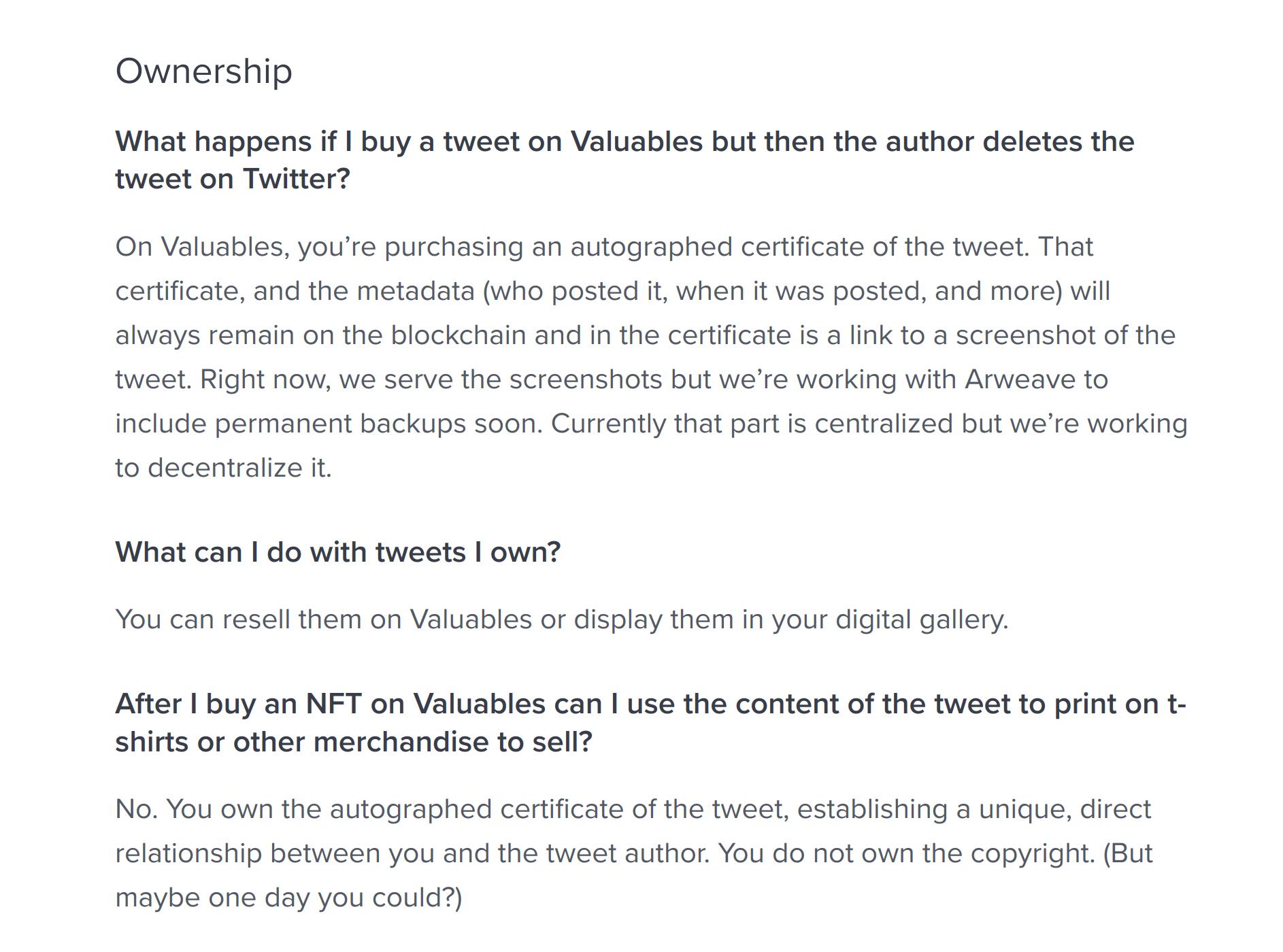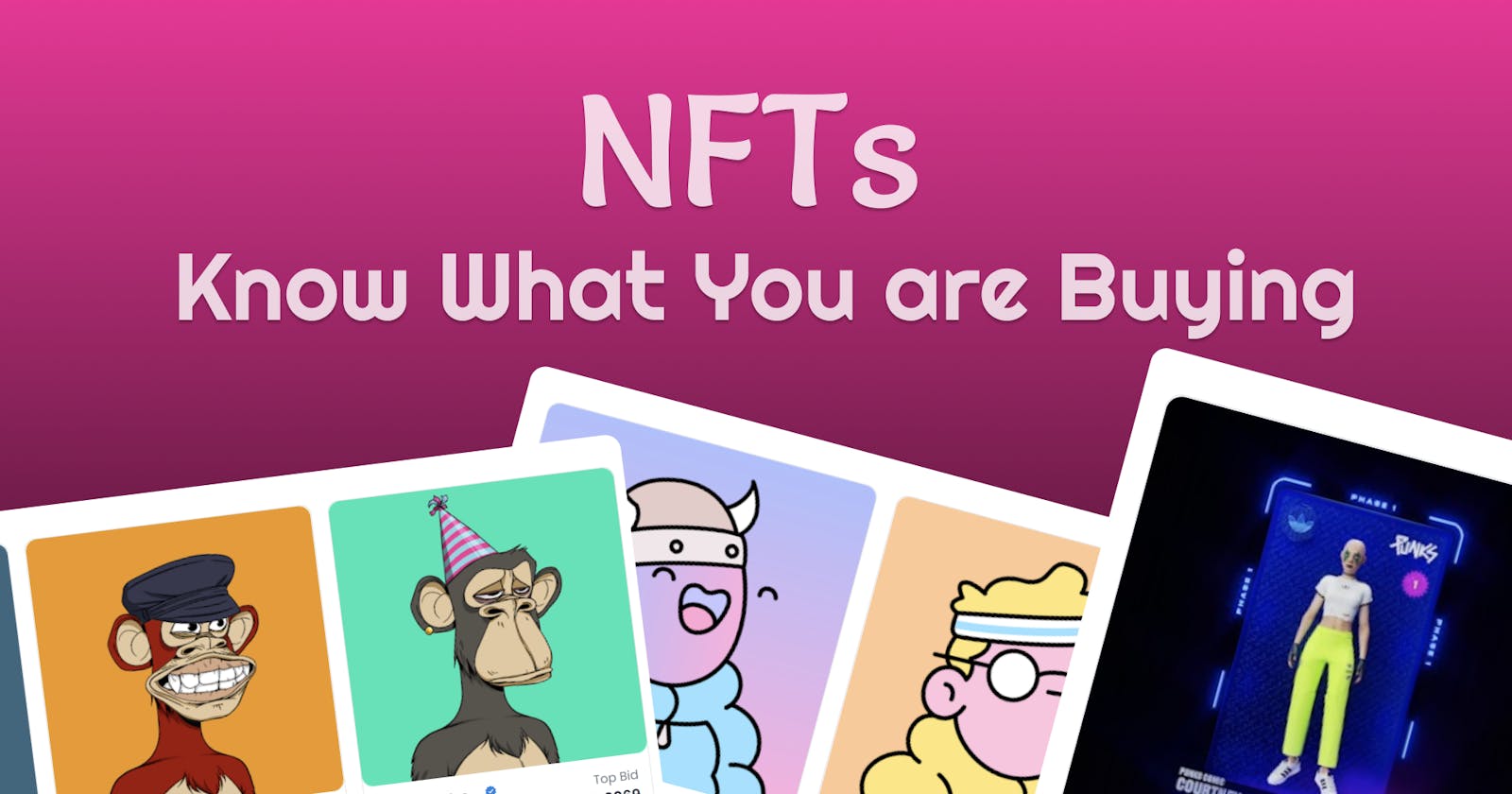Written by: Arunoda
First of all, this is not a blog I rant about NFTs or the community behind it. This is a technical overview of what’s behind an NFT. So, you know what you are really buying. Also, I will try to share my views on why an NFT has value. Most of the time, it’s not about the artwork.
I didn't have much experience in the crypto & NFT space. So, in the last couple of weeks, I dug into how NFTs are made of, how they are minted, traded & so on. I experimented with NFTs created on the Solana blockchain because it cost less to play with the network. I even modified the code related to NFTs and tried to learn from it.
Yes, most of the NFTs are hosted on the Ethereum blockchain but how they work is almost similar in all the blockchains.
NFT: A Technical Definition
NFT stands for Non-Fungible Token. I’m not a native speaker & honestly, this is the first time I heard about the term Fungible. Anyway, let me explain this in plain language.

In a blockchain, we create & share tokens. You can think of a token as a form of currency. Now let’s do some elementary math. If you have a 1 dollar coin, you can exchange that with two 50 cents coins & you still have a 1 dollar. A regular token in a blockchain works just like this. You can break them into smaller parts & share them with multiple people. That’s a fungible token.
In contrast, a non-fungible token cannot be broken into smaller pieces & there could be only one owner for a token. It’s just like owning a Gem. You cannot break a Gem into multiple pieces & sell them.
The Artwork & Metadata
Usually, when we heard about NFT, mostly it's about some artwork. But in technical terms, NFTs have nothing to do with the artwork or other metadata. (Usually, the artwork is a part of the metadata). But metadata can contain a link to a given NFT. It’s possible to have multiple metadata pointing to a single NFT.
Most of the NFT standards in blockchains allow storing at least a part of metadata inside the blockchain itself. But we rarely store the artwork inside the blockchain. Instead, we store the artwork in another storage provider & keep a reference to that (usually in form of a URL) inside the metadata.
Some creators store this artwork inside distributed storage solutions such as IPFS & Arweave instead of a centralized service like AWS S3. People argue that these artworks always need to live inside a distributed storage.
In the end, it doesn’t matter where you store the artwork or even what the artwork contains. You will see why in a moment.
How NFTs knows about the artwork
I said NFTs don’t really know about the artwork. But when you look at the blockchain or inside your wallet, you can see the artwork. Here’s an example for this:

(This is an NFT I created on the Solana blockchain & how it shows it )
In this case, you can see the artwork related to my NFT. it’s all done inside the web app which renders this information. So, technically it’s possible to create another website that returns something totally different for this exact same NFT. Here I'm not talking about creating a fake website, but fetching metadata from a different standard.
What about NFT Collections?
Usually, these days NFTs are available as a collection. Here’s are some examples of that:
- Releasing 100K NFTs related to the new Matrix Movie
- Popular bored-ape NFTs which contains 10K NFTs
Technically, this is just a way to organize NFTs. If we think about the bored-ape collection, each item is an individual NFT. Inside the NFT Metadata, it shows the name of the NFT collection. Again, this is all done outside of the blockchain & managed by the listing website.
In more practical terms, creators release them as a way to introduce scarcity. It’s exactly the same as how cryptocurrencies contain a value. I will talk more about this soon.
Technical Summary
As you can see, when buying an NFT, technically you are buying a token like 7KC4jciVShSiGD9sr27bxLeVg9weKschHW2nJTUTwueK which is stored inside a Blockchain. You can share & trade them inside the blockchain.
Usually, the owner creates some sort of metadata & linked it to the NFT. That metadata may contain some artwork. But you don’t get the right to that artwork just by buying the NFT. It’s just a placeholder for the token.
Some NFT trading platforms give you a license when you purchased the NFT. But you don’t get anything by owning the NFT.
How an NFT can have a value
This is a very complex topic & I cannot give you a single reason why an NFT has value. Instead, I will summarize some examples.
BTW: I’m not a financial advisor nor have a solid financial background. These are just my ideas. You can simply ignore me.
Beeple’s 69 Million USD NFT
Let’s have a look at Beeple’s NFT which he sold for about 69 million USD. This is how the related NFT is listed on the Ethereum blockchain. This is the related metadata URL for that NFT. Inside that, you can even get access to the high-resolution image for the artwork.
So basically, it’s not like the owner of this NFT gets a safe that contains the artwork. Instead, they bought a token associated with some artwork. Anyone can see the artwork. It’s just like buying a physical artwork & putting it inside a public museum. But there could be some other arrangements with the owner & the creator.
In this case, NFT is used as a digital receipt for the auction. Its value is coming from the artwork itself.
Jack Dorsey’s 2.9 Million Tweet
Here Jack Dorsey, a co-founder of Twitter sold the first-ever tweet made for about 2.9 Million USD. In this case, he literally sold a URL. Someone can argue, it’s exactly similar to selling Beeple’s artwork on a blockchain.
True. But this is getting super weird & personally, I cannot justify it.
If the NFT owner can delete this tweet or they have the copyright to the content, then it makes sense. But it’s not the case here. Have a look.
This is what this auction website says about the ownership of the tweet.

This is just a joke! Jack, good for you.
NFT Collections
These days, people don’t sell a single NFT. But a collection of NFTs. Each NFT has a specific artwork but all the artwork inside a collection looks similar. Most of the NFTs you can see on OpenSea is just like this.
Here the value comes from how you market the project & your ability to build a community around it. There is a limited number of NFTs & that introduce scarcity & it’s a good way to introduce value to anything.
Celebrity endorsement is another way to build value. If a high-profile person has an NFT from a collection, that also adds value to the whole collection. So average people buy that because they want to be like that high-profile person. Those high profile people promote these NFTs because they can sell these NFTs at a higher price at some point.
Utility NFTs
This is a term I coined for a type of NFTs that does something outside of the blockchain. There are some games, which release their own NFTs. Owners of these NFTs can do something specific inside the game.
Currently, these NFTs are in the infant stage & none of the major games offers such NFTs. But we can hope for a better future.
For these, there is a life beyond games. We can offer other sorts of functionalities like offering discounts, access to exclusive products/content, direct contacts with creators & even use a way to crowdfund projects.
This is a type of NFTs, I’m rooting for.
Know What You are Buying
In technical terms, NFT is just some letters inside a blockchain. It has no value. But the value comes from the community, content & the creators of the NFT. Do a little research before you buy. Don’t just follow the crowd.

